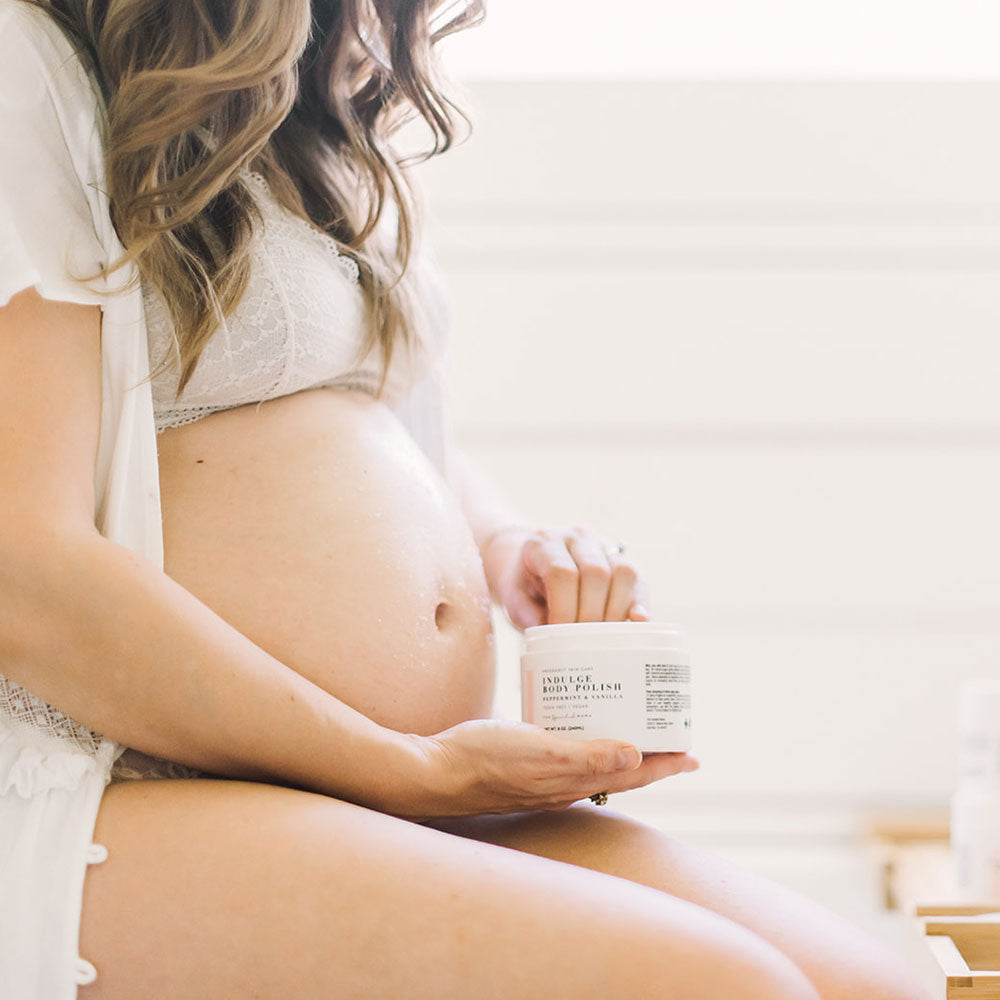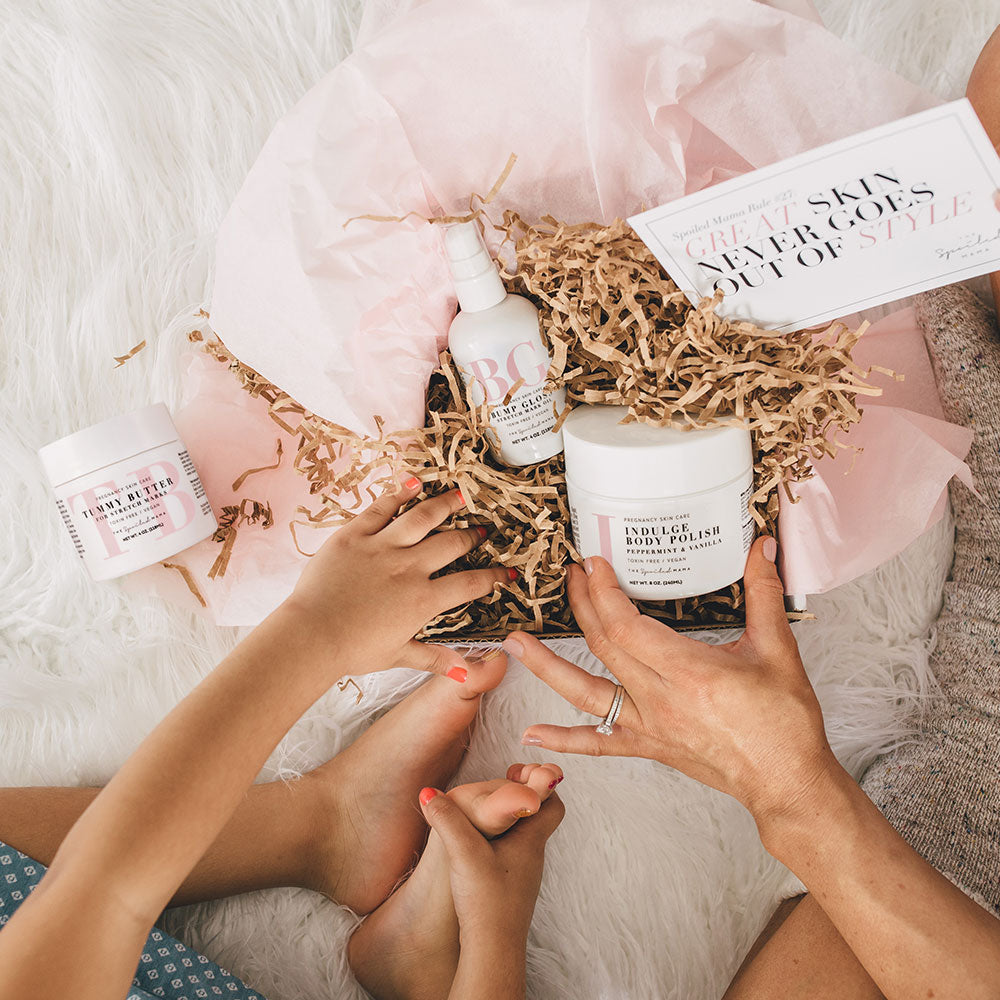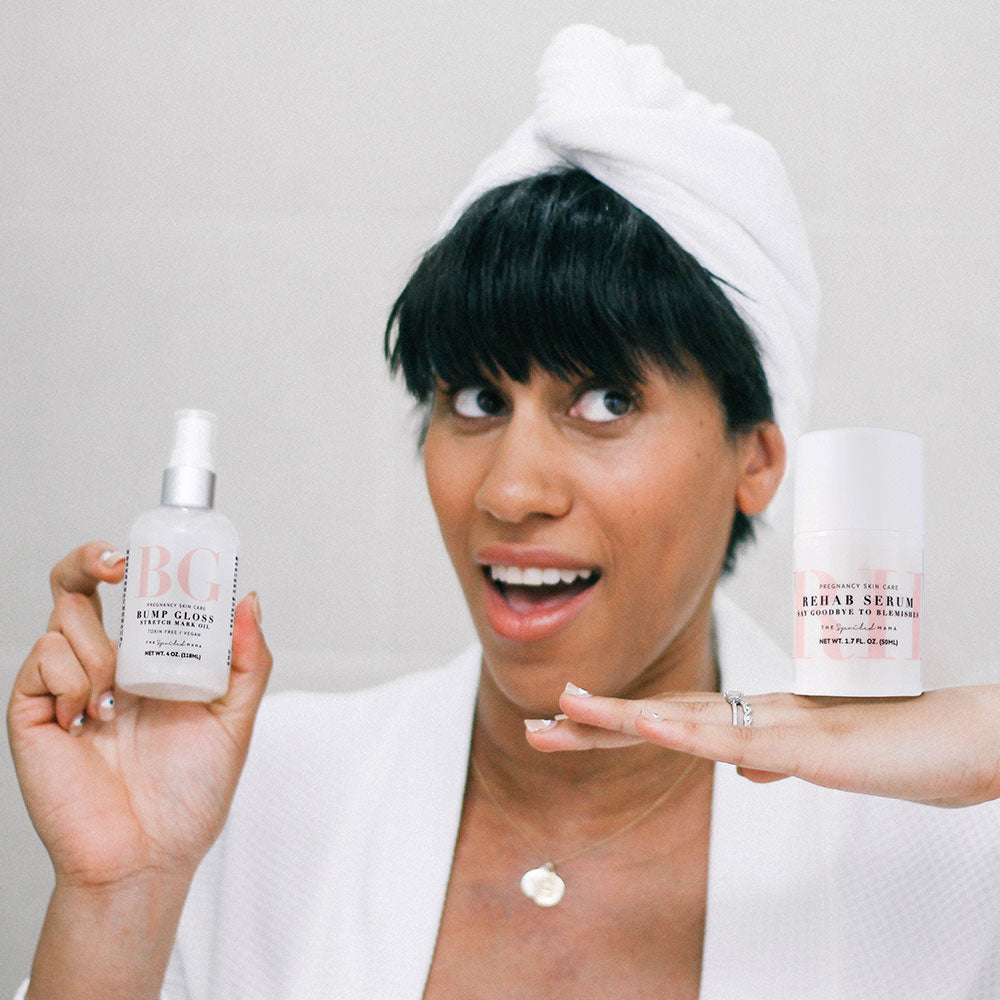Updated on July 30, 2025
If you’re pregnant and you’re reading this right now, chances are that one of your greatest fears about childbirth is sustaining perineal tears. While your concerns are valid, some may have been fueled by misinformation. Let’s help you debunk some of the myths about perineal tears. But before that — what exactly is a perineal tear?
Perineal tears, also called perineal lacerations or vaginal tears, occur when the baby’s head is larger than the birth canal (cervix, vagina, and vulva). This can stretch the vaginal tissues beyond their limits, resulting in bruising or tearing.
Tears can be superficial (limited to the skin) or extend deeper into the muscle. The severity impacts recovery time — but most heal within days or weeks.
Jump to:
- Types of Perineal Tears
- Myth 1: All first-time moms tear
- Myth 2: Perineal massage guarantees no tearing
- Myth 3: Tears permanently change your lady parts
- Myth 4: The “Husband Stitch” restores sexual satisfaction
- Perineal Tears: Get the Right Information

Types of Perineal Tears
There are four types of perineal tears, categorized to guide treatment and recovery expectations:
| Type I | Vaginal mucosal tear |
| Type II | Mucosa + muscle tear (e.g., episiotomy) |
| Type III | Mucosa + muscle + anal sphincter tear (partial or full) |
| Type IV | Mucosa + muscle + anal sphincter + rectal tear |
Myth 1: All first-time moms tear
Nope! Not all first-time moms tear. While they may be at a higher risk, many give birth without tearing. Risk factors include high birth weight, induced labor, prolonged pushing, or assisted delivery (forceps or vacuum).
To lower your risk: use a safe labor position (like squatting or side-lying) and focus on controlled, slow pushing as the baby crowns.

Myth 2: Perineal massage guarantees no tearing
Perineal massage can reduce your risk, but it's not foolproof. Your provider might use two lubricated fingers to gently stretch the area during labor. Partners can also help with massages during the third trimester — about 10 to 15 minutes a few times per week.
Evidence from a Cochrane systematic review suggests that regular perineal massage from 34 weeks onward may reduce the likelihood of tearing that requires suturing — especially for first-time moms. While it doesn't eliminate the risk completely, it's a gentle, low-risk technique. Many mamas use our Bump Gloss stretch mark oil for perineal massage thanks to its clean, pregnancy-safe ingredients and rich hydration.
Myth 3: Tears permanently change your lady parts
Tears may affect appearance and sensation temporarily, but most heal with time and care. For minor tears, a sitz bath and OTC pain relief can help. Severe tears might require surgery — but vaginal rejuvenation options like labiaplasty or vaginoplasty can restore function and symmetry.
Myth 4: The “Husband Stitch” restores sexual satisfaction
The so-called “husband stitch” — an extra stitch added post-birth to “tighten” the vagina — is outdated and potentially harmful. Rather than increase pleasure, it often causes pain during sex. It’s not medically supported or recommended. For real recovery, consult a provider about professional options like vaginal rejuvenation.
Frequently Asked Questions
Do all first-time moms experience perineal tearing?
No. While first-time moms are at higher risk, many do not tear, especially with slow, controlled pushing and proper labor positioning.
Does perineal massage prevent tearing completely?
No. It helps reduce the risk, but several factors influence tearing. Massage is not a guarantee.
Are perineal tears permanent?
Most heal fully with time, care, and in severe cases, medical intervention like vaginal rejuvenation.
Is the “husband stitch” a real medical procedure?
It’s an outdated and medically unsupported practice that can lead to painful intercourse and is not recommended.
Perineal Tears: Get the Right Information
Perineal tears are common, but with the right info and support, you can go into labor feeling more prepared and less fearful. Knowledge is power, Mama!
Looking for postpartum care tips? Read our guide on pregnancy-safe skincare routines.
✅ This article was medically reviewed by Dr. Okhifun, General Practitioner and contributor to Labiaplasty NYC.
About the author: Dr. Okhifun is a general practitioner with nearly a decade of experience. He's passionate about medical education and currently contributes to Labiaplasty NYC Gynecology Clinic.








Leave a comment
All comments are moderated before being published.
This site is protected by hCaptcha and the hCaptcha Privacy Policy and Terms of Service apply.